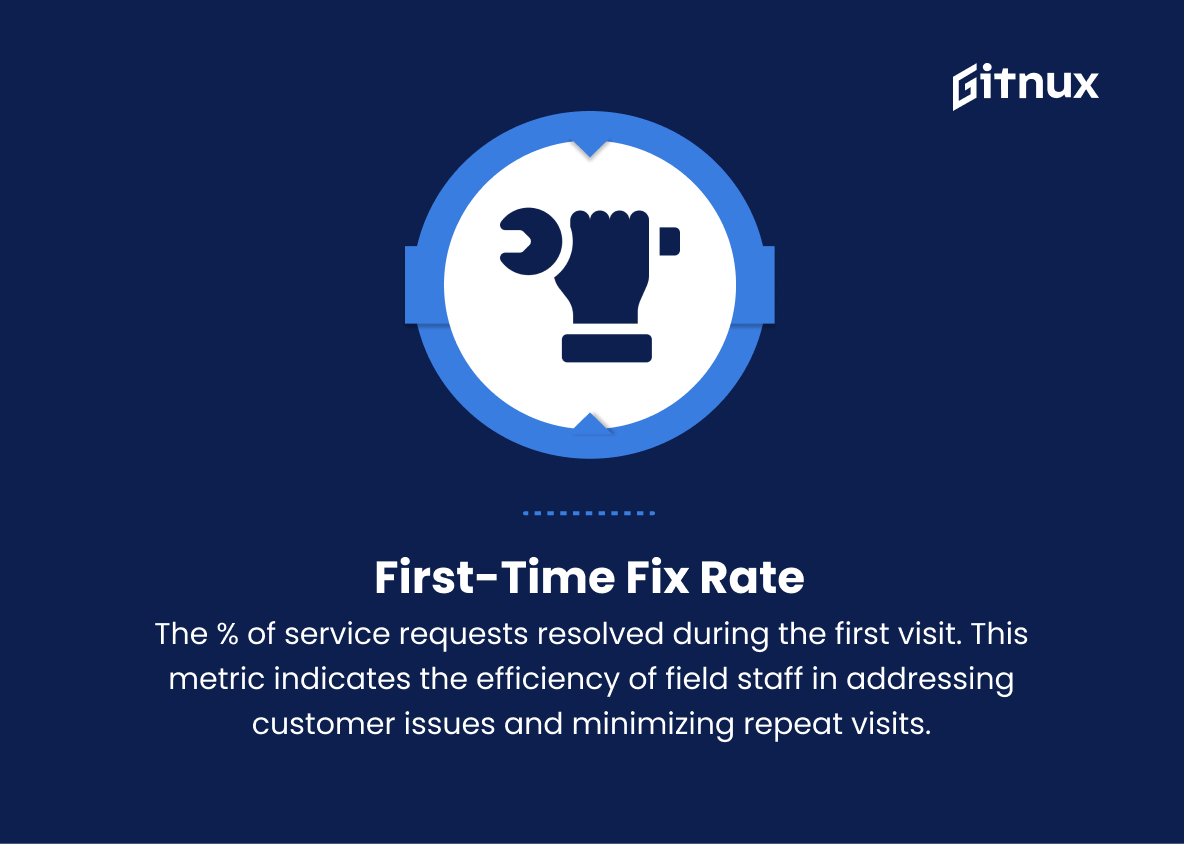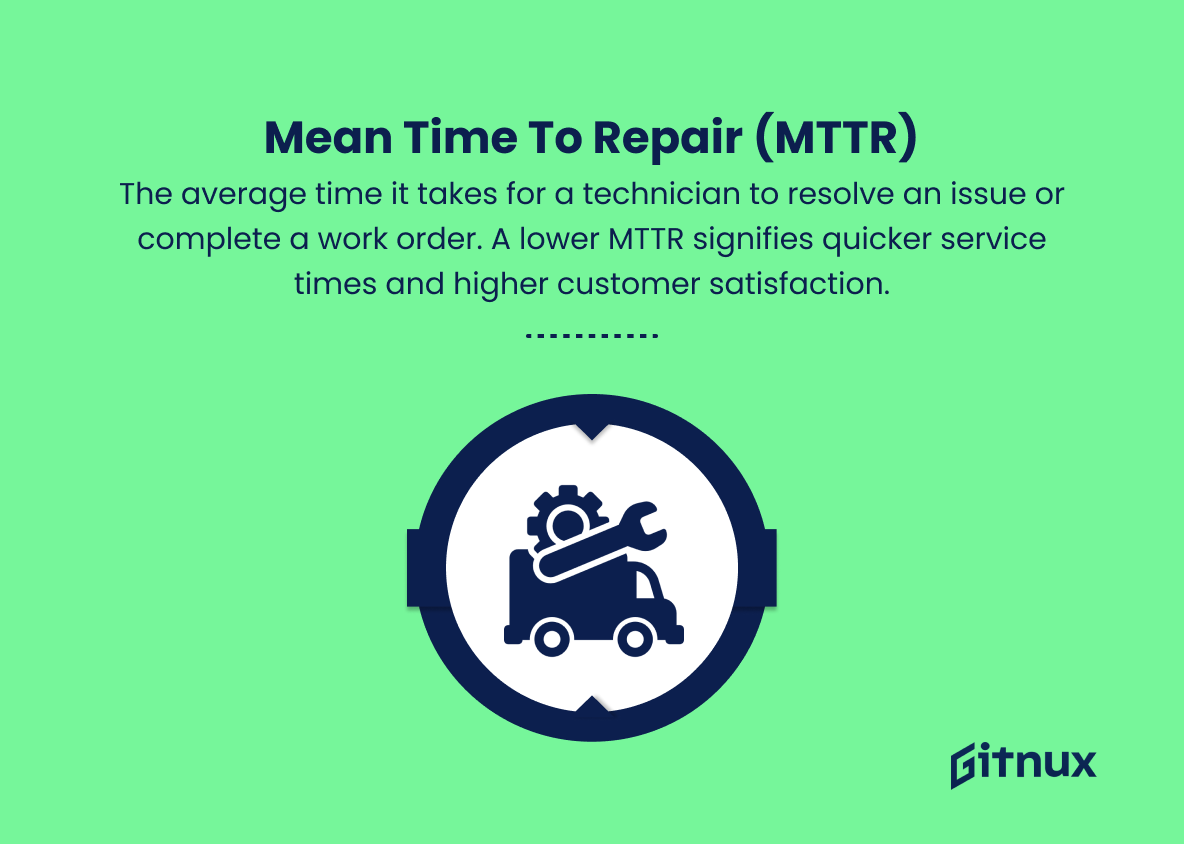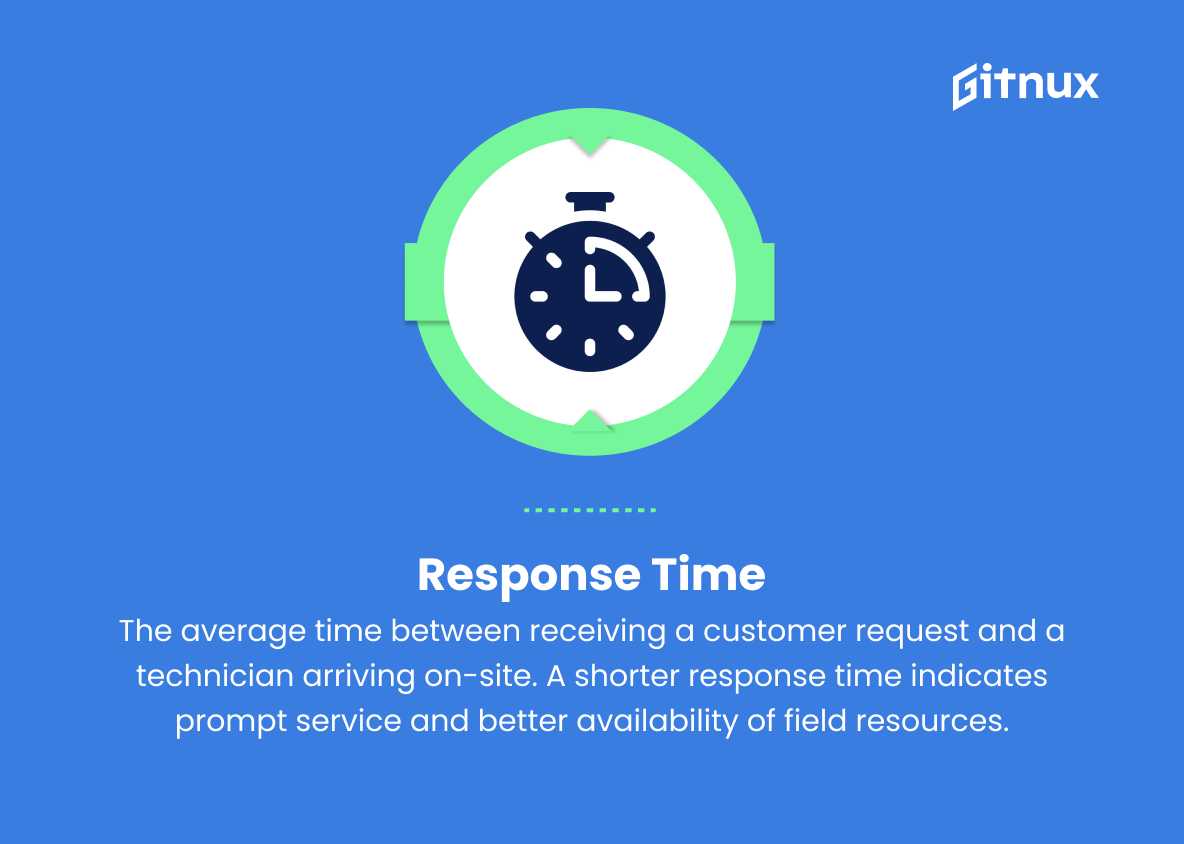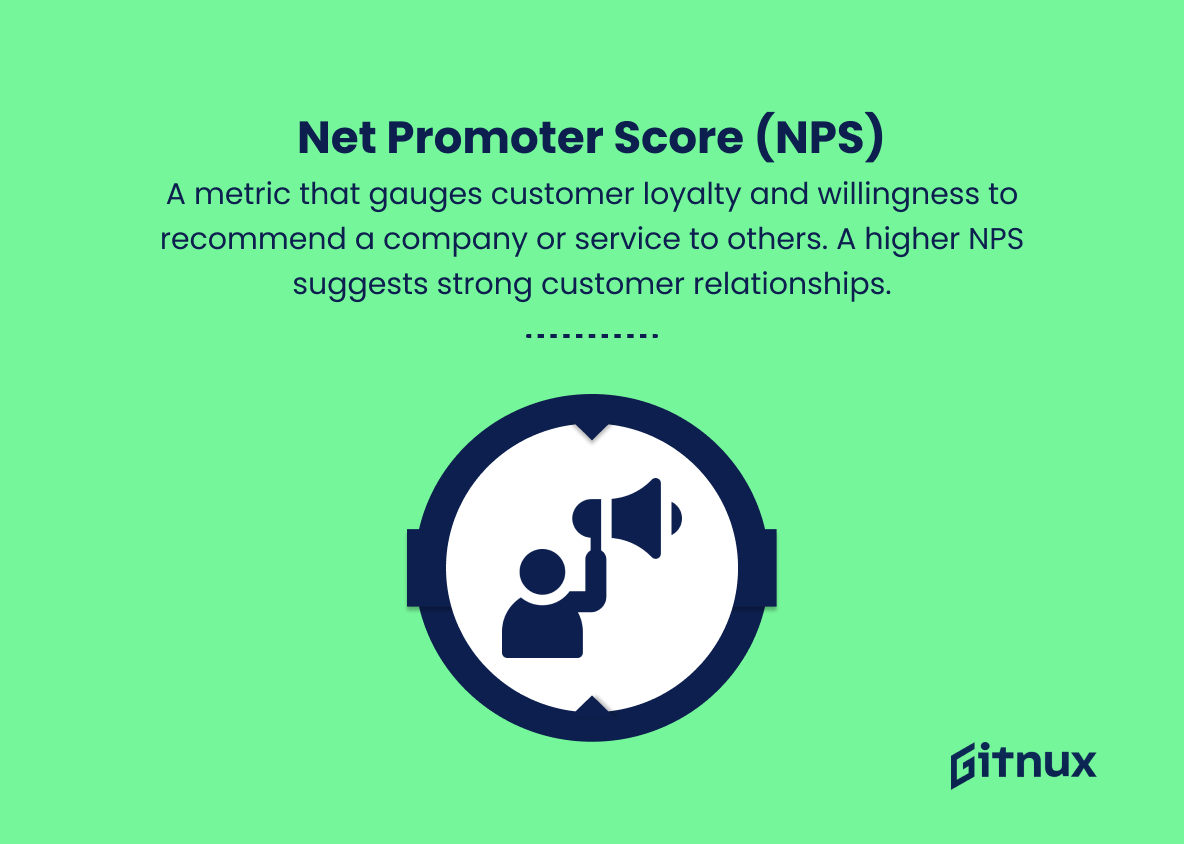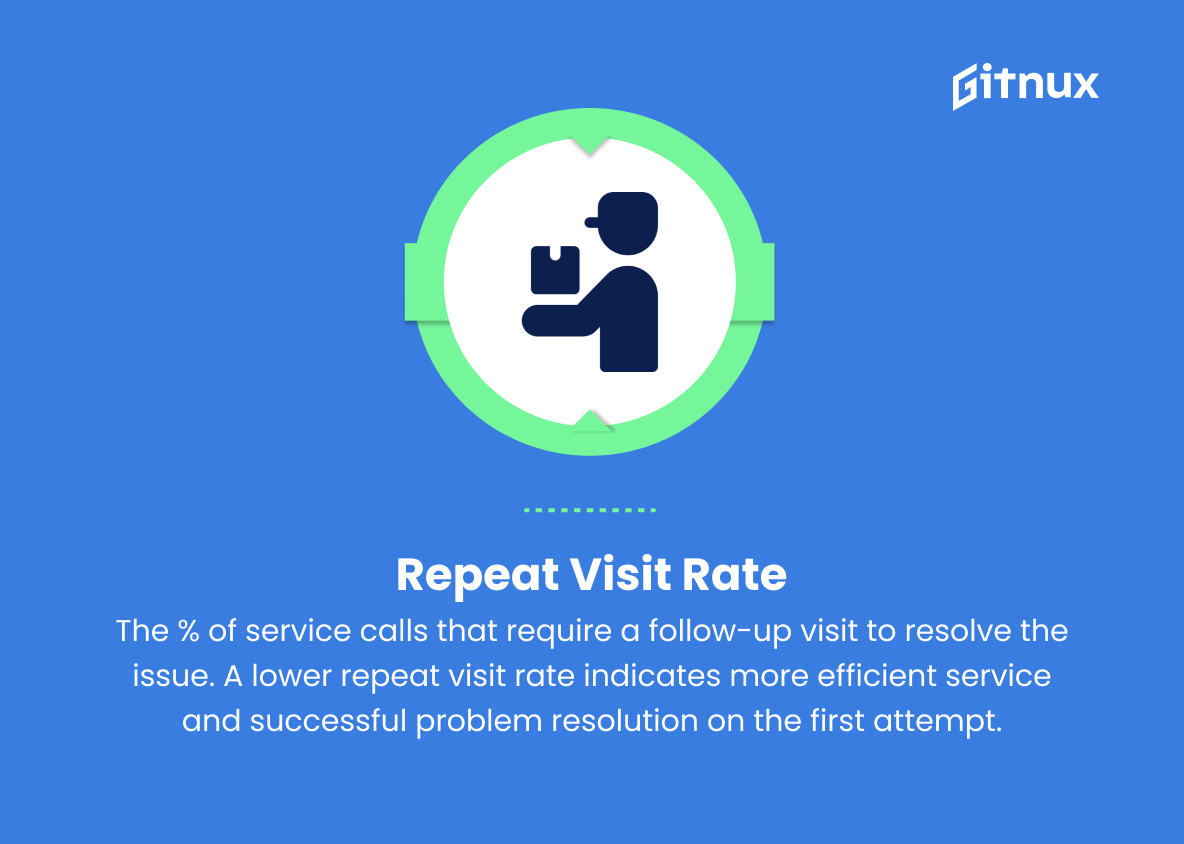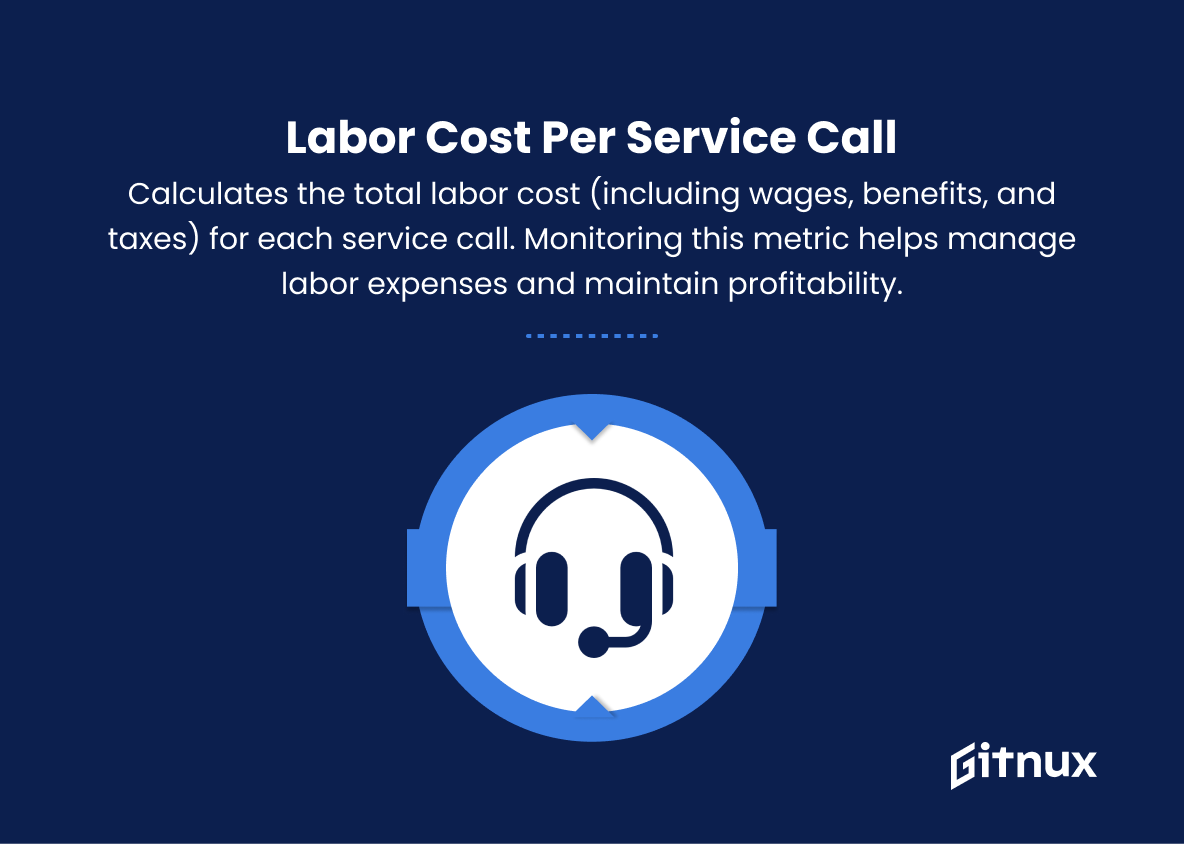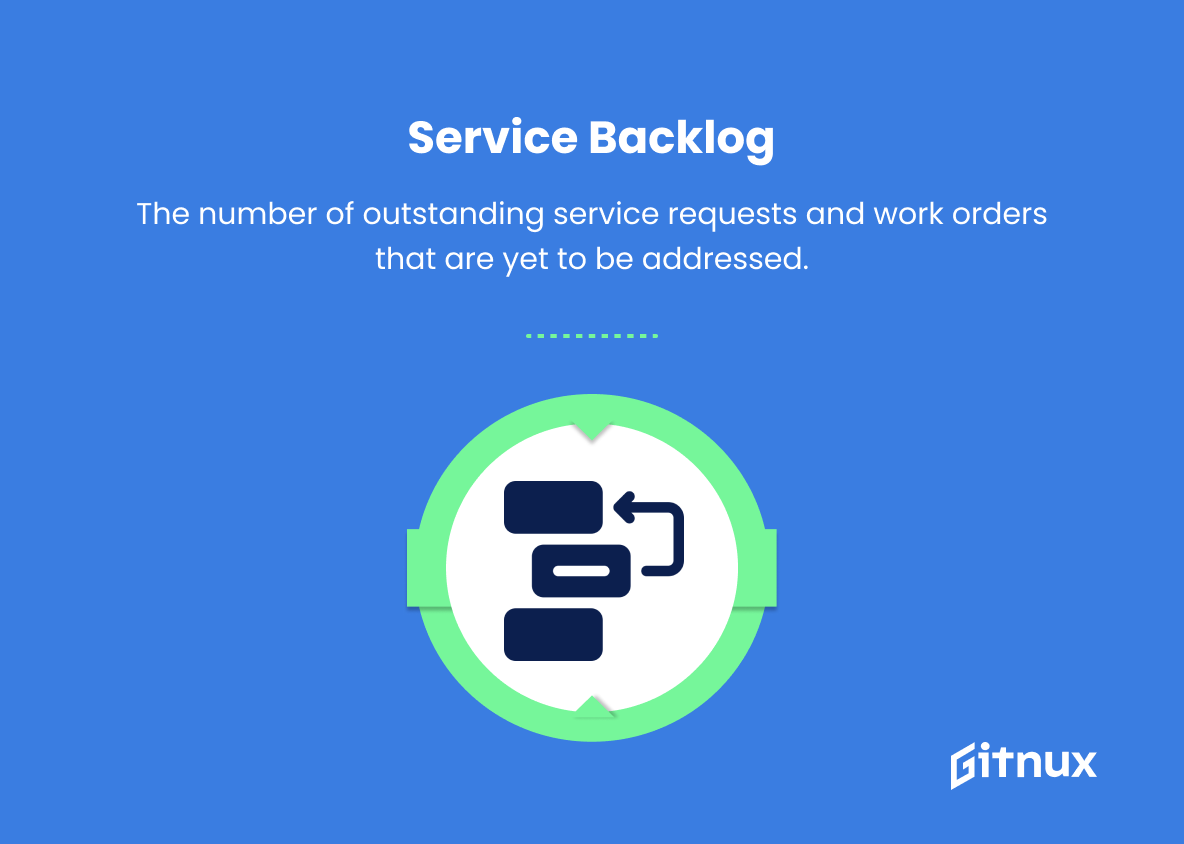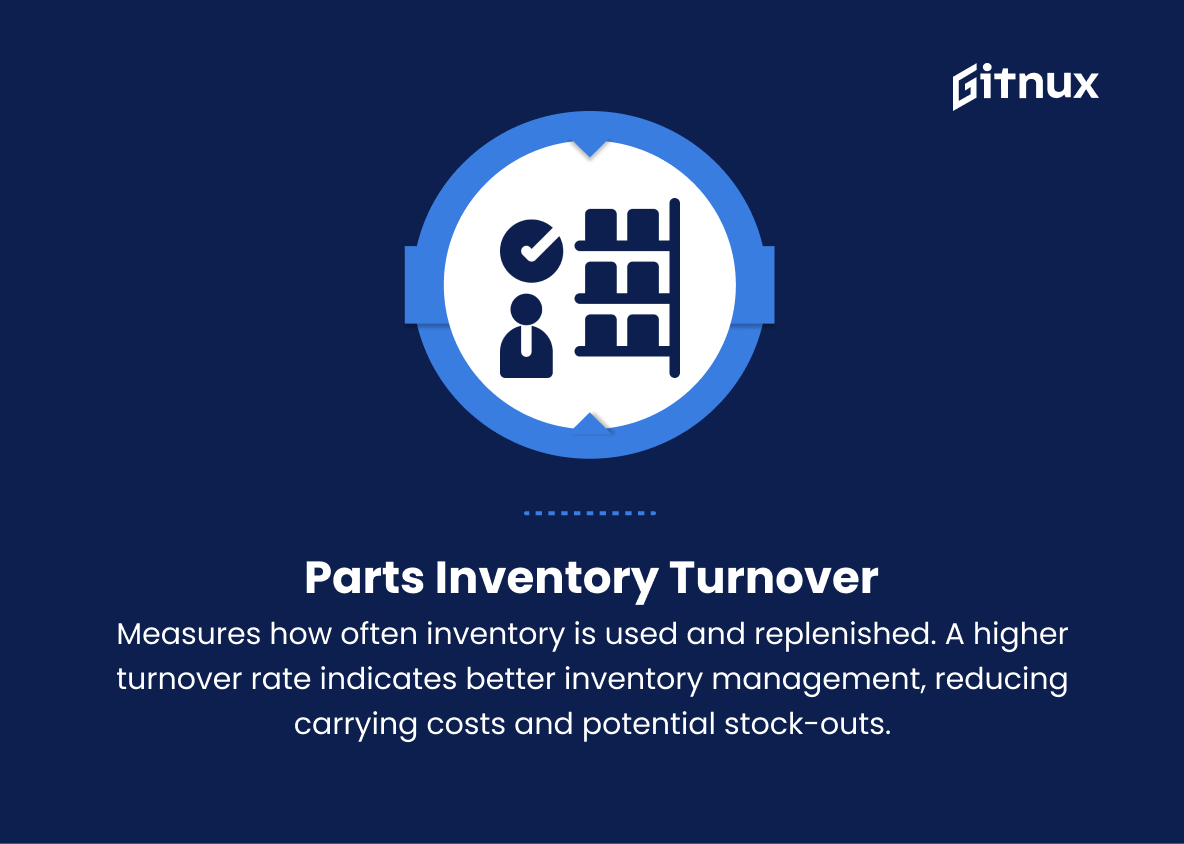In today’s fast-paced business landscape, companies are continuously looking for ways to improve efficiency, streamline processes, and ultimately stay ahead of the competition. One industry where this is particularly crucial is field service management (FSM) – the practice of coordinating and deploying resources to support in-field operations across various industries such as telecommunications, utilities, and manufacturing.
As a result, field service leaders must closely monitor and analyze key performance indicators (KPIs) and metrics to identify areas for improvement and to ensure their teams are operating at peak performance. In this blog post, we will delve into the world of field service management metrics, highlighting the most significant KPIs and discussing how their analysis can lead to better decision-making and sustainable business growth.
Field Service Management Metrics You Should Know
1. First-time fix rate
The percentage of service requests resolved during the first visit. This metric indicates the efficiency of field staff in addressing customer issues and minimizing repeat visits.
2. Mean time to repair (MTTR)
The average time it takes for a technician to resolve an issue or complete a work order. A lower MTTR signifies quicker service times and higher customer satisfaction.
3. Response time
The average time between receiving a customer request and a technician arriving on-site. A shorter response time indicates prompt service and better availability of field resources.
4. Travel time efficiency
Measures the time spent by technicians traveling to and from job sites. Minimizing travel time increases productivity and lowers transportation expenses.
5. Technician utilization rate
The percentage of a technician’s workday spent on billable work (not including travel time, breaks, or administrative tasks). Higher utilization rates indicate that more of the technicians’ time is spent generating revenue.
6. Schedule adherence
The percentage of jobs completed on time and according to the schedule. High schedule adherence shows that field service teams are meeting customer expectations and managing their workload effectively.
7. Customer satisfaction score (CSAT)
Measures how satisfied customers are with the service they received. A higher CSAT indicates better customer service, leading to improved retention and recommendations.
8. Net Promoter Score (NPS)
A metric that gauges customer loyalty and willingness to recommend a company or service to others. A higher NPS suggests strong customer relationships and positive word-of-mouth advertising.
9. Repeat visit rate
The percentage of service calls that require a follow-up visit to resolve the issue. A lower repeat visit rate indicates more efficient service and successful problem resolution on the first attempt.
10. Labor cost per service call
Calculates the total labor cost (including wages, benefits, and taxes) for each service call. Monitoring this metric helps manage labor expenses and maintain profitability.
11. Equipment downtime
The amount of time equipment is out of commission due to maintenance or repair. Minimizing downtime reduces lost revenue and helps maintain customer satisfaction.
12. Service backlog
The number of outstanding service requests and work orders that are yet to be addressed. Reducing backlog ensures customer issues are addressed promptly and resources are utilized effectively.
13. Parts inventory turnover
Measures how often inventory is used and replenished. A higher turnover rate indicates better inventory management, reducing carrying costs and potential stockouts.
14. Warranty claim rate
The percentage of repairs or replacements made under warranty, compared to total service calls. Monitoring warranty claims helps identify recurring issues and assess product quality.
Field Service Management Metrics Explained
Field Service Management Metrics play a crucial role in assessing the efficiency and effectiveness of field service operations. Metrics such as the first-time fix rate, mean time to repair, response time, and travel time efficiency help organizations evaluate their field staff’s performance and customer service levels. Meanwhile, technician utilization rate, schedule adherence, customer satisfaction score, net promoter score, and repeat visit rate provide insight into resource allocation, time management, and overall customer experience.
Financial and operational metrics such as labor cost per service call, equipment downtime, service backlog, parts inventory turnover, and warranty claim rate allow businesses to monitor expenses, maintain profitability, and identify areas for improvement. By regularly tracking these metrics, organizations can optimize their field service operations, enhance customer satisfaction, and drive revenue growth.
Conclusion
In summary, field service management metrics play a critical role in identifying areas of improvement, optimizing processes, and driving the overall success of field service organizations. By tracking, analyzing, and acting on key performance indicators such as the first-time fix rate, mean time to repair, technician utilization rate, and customer satisfaction, businesses can boost efficiencies, reduce costs, and enhance customer experiences.
Consistently monitoring these metrics enables organizations to adapt to changing demands, stay ahead of the competition, and remain leaders in their industries. After all, continuous improvement is the key to success, and embracing the power of field service management metrics is a crucial step in that journey.
